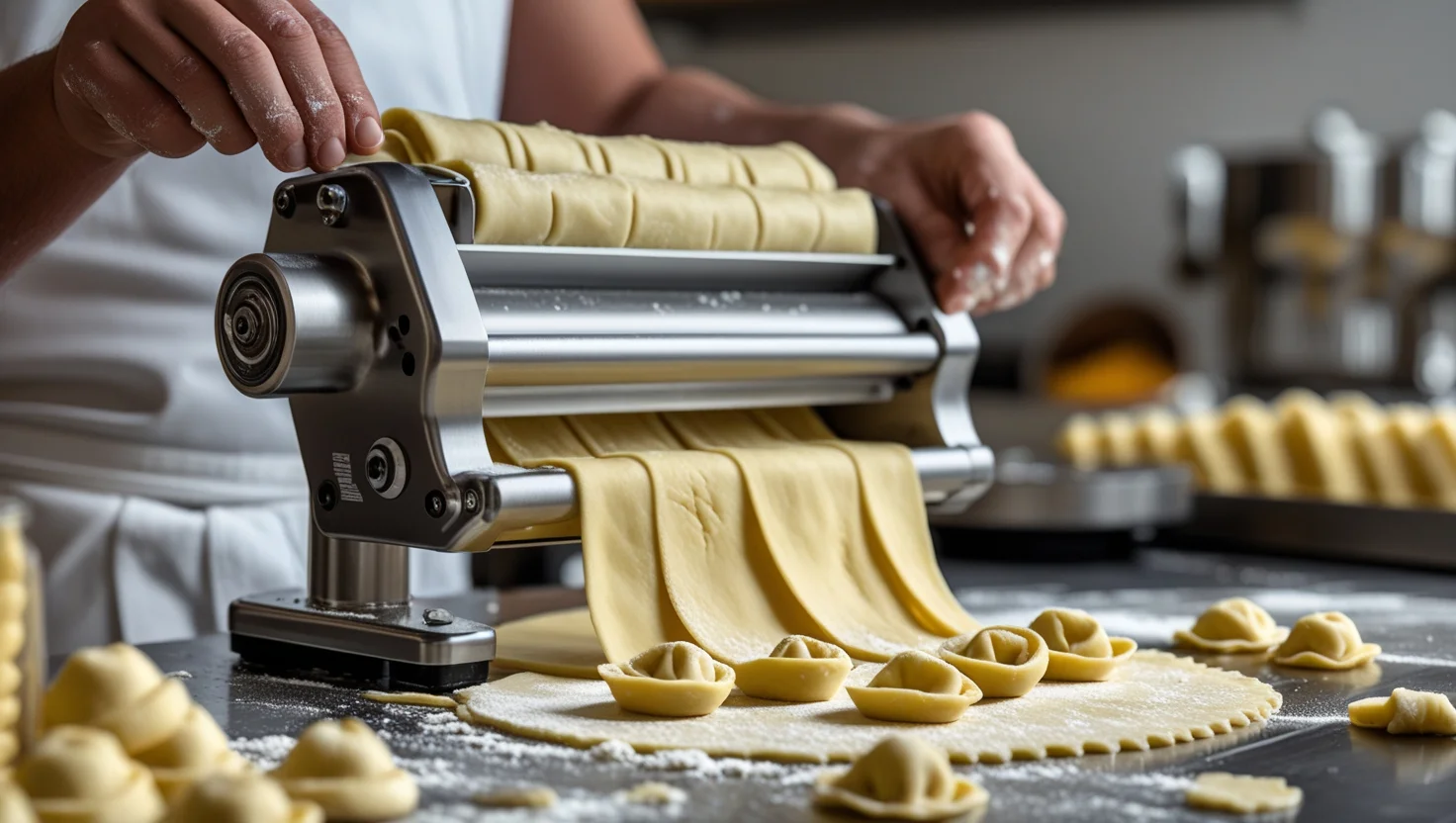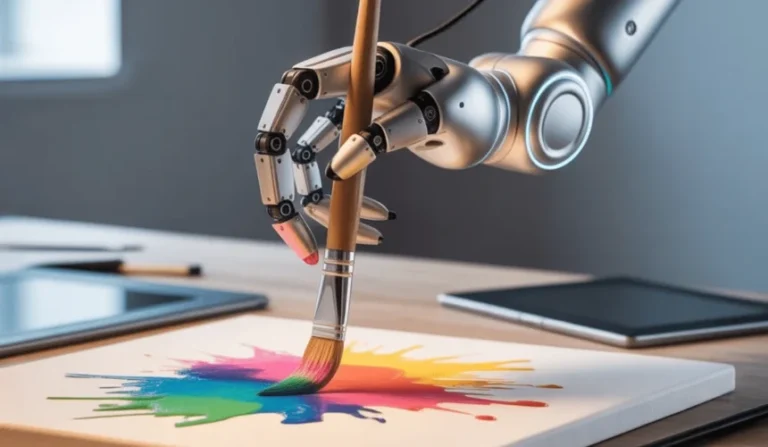
When it comes to Italian cuisine, pasta stands at the heart of the country’s culinary identity. Among the many shapes and varieties, tortellini is especially cherished, particularly in the regions of Emilia-Romagna and Bologna. Tiny, ring-shaped bundles typically stuffed with a mix of meat, cheese, or vegetables, tortellini are a symbol of tradition, precision, and gastronomic delight. However, crafting these intricate pasta pieces by hand can be a time-consuming process. Enter the tortellinatrice—a machine designed to automate and perfect the making of tortellini.
Though less known outside professional culinary and industrial circles, the tortellinatrice plays a vital role in modern pasta production. It has enabled the mass production of tortellini without sacrificing quality, bringing this regional specialty to tables all over the world.
Table of Contents
ToggleWhat Is a Tortellinatrice?
A tortellinatrice is a specialized pasta machine used to produce tortellini on a large scale. Unlike general pasta machines that roll or cut dough, the tortellinatrice is equipped to fill and shape tortellini with high precision. It handles everything from rolling the pasta sheet to placing the filling and forming the classic tortellini ring. Some advanced models even mimic the hand-folding technique traditionally used by pasta artisans.
Designed for both artisanal and industrial purposes, the tortellinatrice ensures that the product retains its authenticity while allowing for consistent results in texture, taste, and appearance.
Origins and Development
The concept of mechanizing tortellini production began in the early to mid-20th century, as demand for Italian pasta increased both domestically and internationally. Traditional handmade tortellini, while revered, required an immense amount of labor. Italian inventors and pasta companies started developing machines that could replicate the handcrafting process, leading to the birth of the tortellinatrice.
Over the decades, technology has refined these machines to operate with great efficiency and accuracy. Today, Italy remains a global leader in manufacturing tortellinatrici, with several companies dedicated to pasta machinery innovation.
How It Works
At its core, a tortellinatrice integrates multiple processes into one continuous cycle. First, the pasta dough is flattened into a thin sheet. Then, small mounds of filling—typically made from a blend of meats like prosciutto, mortadella, and Parmesan cheese—are placed at regular intervals. The dough is then folded, cut, and sealed into the characteristic tortellini shape.
Modern tortellinatrici come with digital interfaces, programmable settings, and adjustable molds to produce various tortellini sizes or fillings. Some machines can produce hundreds of tortellini per minute, all with uniform size and seal quality.
Benefits of Using a Tortellinatrice
-
Efficiency: One of the most obvious advantages is speed. A process that could take hours by hand can now be completed in minutes with mechanical precision.
-
Consistency: Each tortellino comes out uniform in size and shape, which is crucial for packaging, cooking times, and customer satisfaction.
-
Scalability: Businesses can scale their operations without having to proportionally increase manual labor, making it easier to meet high demand.
-
Preservation of Tradition: Despite its automation, a tortellinatrice does not necessarily compromise quality. High-end machines are designed to replicate traditional folding techniques, preserving the integrity and authenticity of the product.
-
Cost-Effective: For businesses, the initial investment in a tortellinatrice often pays off in the long run through labor savings and increased productivity.
Applications in the Food Industry
Tortellinatrici are used by pasta factories, gourmet food producers, and even upscale restaurants that want to serve fresh tortellini without investing the time required for hand production. They allow brands to maintain artisanal quality while offering their products to wider markets.
In large pasta manufacturing plants, tortellinatrici are integrated into fully automated production lines, which may include cooking, cooling, and packaging systems. Smaller versions of the machine are also available for restaurants or boutique pasta shops that wish to scale up their production while maintaining high standards.
Innovation and Future Trends
The future of tortellinatrici is closely tied to innovation in food technology. With growing interest in plant-based diets and gluten-free options, manufacturers are adapting these machines to handle alternative doughs and fillings. This flexibility allows producers to cater to a broader audience while still delivering the traditional tortellini experience.
Additionally, the integration of AI and machine learning is beginning to find its way into pasta machinery. Future tortellinatrici may be capable of self-adjusting settings based on ingredient texture, humidity levels, and output quality, further refining the process.
Cultural Significance
Despite being a machine, the tortellinatrice holds cultural value. It represents a bridge between age-old culinary heritage and the demands of a fast-paced, globalized world. While purists may still prefer handmade tortellini for special occasions, the ability of a machine to deliver such high-quality results allows millions more people to enjoy this Italian delicacy.
Conclusion
The tortellinatrice may not be a household name, but it has revolutionized the way tortellini are produced and consumed around the world. It stands as a testament to how tradition and technology can coexist, creating harmony between the past and the future. Whether you’re savoring a bowl of tortellini in a rustic trattoria or purchasing a pack from your local supermarket, chances are a tortellinatrice played a role in bringing that delicious bite to your plate.
About the Author
admin
Administrator
Welcome to our guest post platform — your destination for insightful, high-quality content from contributors around the world. I'm Qasim Malik, the admin behind this initiative, committed to building a diverse space where voices from various industries, interests, and backgrounds come together. Our mission is simple: to empower writers, bloggers, and thought leaders by giving them a platform to share their expertise, opinions, and stories. Whether you're a seasoned expert or a passionate beginner, our site welcomes you to publish and connect with a wider audience.






